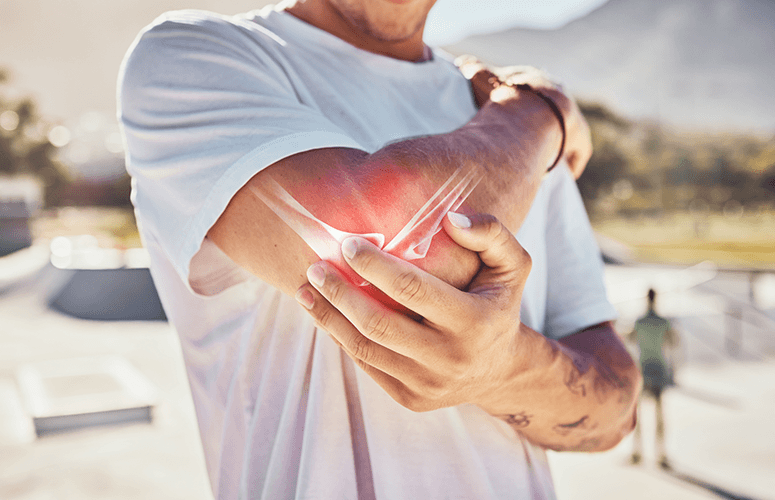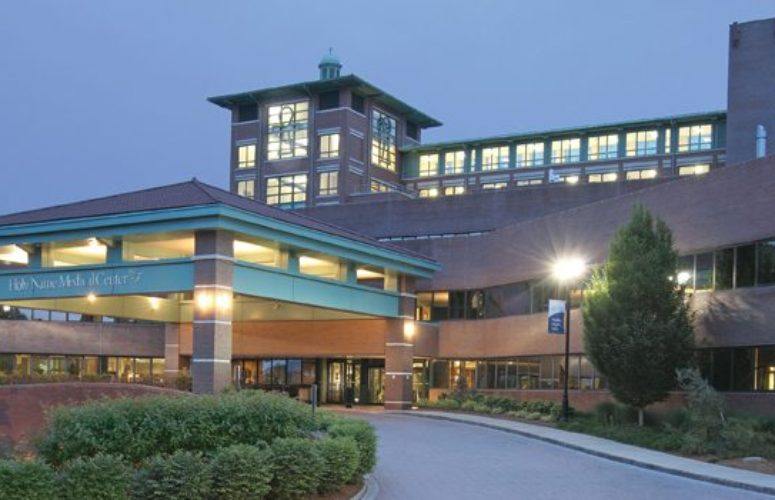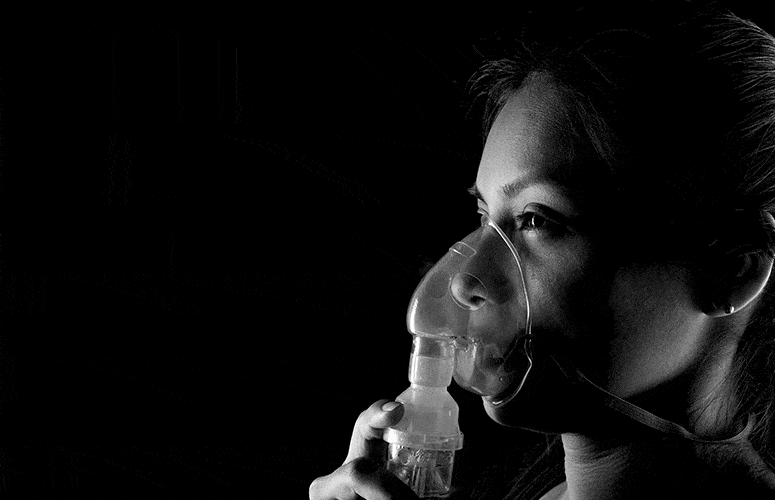
7 Things to Know About Bone & Joint Health
On Feb 12, 2024Bone and joint conditions are extremely common. According to the U.S. Department of Health’s Office of Disease Prevention and Health Promotion, 10 million people in the US have osteoporosis, and 43 million have low bone mass, putting them at risk of developing osteoporosis as they age.
“Falling is the greatest risk to the more mature population. It happens so fast! You can be careful 99.9% of the time and just have one mishap. The healthier you and your bones are now, the less likely you are to meet me in the emergency room in the future,” says David Wiener, MD, orthopedic surgeon at Monmouth Medical Center Southern Campus.
If you are experiencing joint pain, swelling, stiffness, inflammation, grinding, or stiffness it may be prudent to schedule an appointment with an orthopedic surgeon.Dr. Wiener shares these tips you should know about bone and joint health:
Lifestyle impacts – Lifestyle changes that can keep bones and joints healthy include: regular exercise – 300 minutes per week, maintaining an appropriate weight and BMI (Body Mass Index), participating in weight bearing activities – walking/hiking/jogging, and working on your balance – yoga/Pilates/balance class or just using a cane. In addition, eating a diet rich in calcium and Vitamin D is a great way to keep bones and joints healthy.
Prevention strategies – Drinking excessive alcohol and using tobacco products harms your bones. Every emergency room physician knows there is a strong relationship between alcohol consumption and falls resulting in fractures that require surgery.
Treatment options – Most bone and joint issues can be treated without surgery. Medication and exercise can make a huge difference.
Common bone and joint issues – Arthritis is the inflammation and deterioration of joints; Osteopenia is a decrease in bone density. Without treatment, it can progress to osteoporosis. Osteoporosis happens when bone density decreases to a point where there are structural changes. This is when fractures become more likely from a minor fall.
The impact of age and gender – Bones stop growing in our teens. Peak bone strength occurs by age 30. As we age, our bodies lose more bone mass than is replaced. Past age 50 this accelerates and can lead to osteoporosis. Slender, older, fair-skinned females are at particular risk. Women account for 80% of cases of osteoporosis. Women, develop osteoporosis during and after menopause as levels of estrogen drop.
Water aerobics helps – Find a water aerobics program at a community pool and go regularly.
Medical conditions that can affect bone and joint health – Eating disorders like anorexia, which can lead to weaker bones due to malnutrition; Celiac disease, which can negatively impact a person’s ability to absorb calcium or Vitamin D.; Lupus, which occurs when a person’s immune system attacks rather than protects the body.
To access more business news, visit NJB News Now.
Related Articles:





